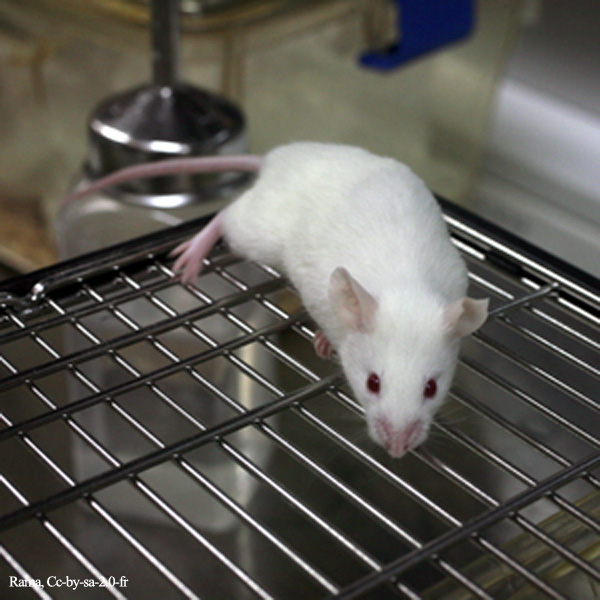Acute Myeloid Leukemia (AML) is a blood cancer that has proven difficult to study, due to the lack of a mouse model of the disease. Researchers at Cincinnati Children’s Hospital Medical Center have solved this issue by developing a mouse model of the most fatal form of AML, which will be used to better understand the disease and aid discovery of new therapies.
According to the researchers – whose study was published in the journal, Cancer Discovery – the mouse model of AML has already been put to use to identify the genetic basis of the disease. “Our goal was to create a model that was faithful to the human form of the disease that can be used for preclinical testing of potential cures,” said Dr. H. Leighton Grimes, a professor in the Division of Immunobiology at Cincinnati Children’s Hospital, and senior author of the publication.
“Previous models were slow, difficult to analyze, and did not accurately represent the human disease,” said Grimes. “This model is rapid, fully penetrant, and completely spontaneous. We hope that it will open the way for other researchers to join us in attacking this particularly lethal AML subtype.”
AML is characterized by the rapid proliferation of abnormal white blood cells, which accumulate in the bone marrow and interfere with the development of normal cells. Approximately half of all cases of the disease – which occurs in both adults and children – are the result of small mutation in the DNA sequence of key genes.
About 20 percent of these cytogenically normal cases of AML are the result of mutations in the Dnmt3a and Flt3 genes, which are responsible for regulating expression of genes that are not necessary to the development of blood cells. When mutations in both genes are identified in a patient with AML, the disease is more aggressive and prognosis is much poorer.
While many genetic analysis tools aggregate results from many cell types, this can make it difficult to identify small changes in rare cell types. Grimes and his colleagues have used newly-developed analytical tools to perform single-cell RNA sequencing to better understand the genetic changes typical of AML.
By using a selective, single-cell RNA sequencing tool, the researchers were able to identify the abnormally-dividing stem cells responsible for disrupting the generation of healthy cells. By studying the unique elements of these tumor cells, the researchers hope to identify potential therapeutic targets.
“Before, researchers were comparing the gene expression patterns of one AML subtype to either normal cells or other AML subtypes,” said Dr. Sara Meyer, a postdoctoral fellow in the Grimes Laboratory, and the lead author on the publication. “That approach made it difficult to tease out the specific impact of Dnmt3a mutation. Instead, we isolated the variables and studied only human and murine AML with Flt3 mutation. Comparing Flt3-mutant AML with and without Dnmt3a mutation allowed us to more finely identify those patterns that were specific to the Dnmt3a mutation.”
Using their mouse model of AML, the researchers found that decreased activity of Dnmt3a – due to mutations seen in this type of cancer – did contribute to tumor development. Interestingly, rescuing expression of the nonfunctional gene was sufficient to reverse the phenotype associated with AML. Grimes and his team plan to further explore this potential therapeutic target in the mouse model of the disease.












Join or login to leave a comment
JOIN LOGIN